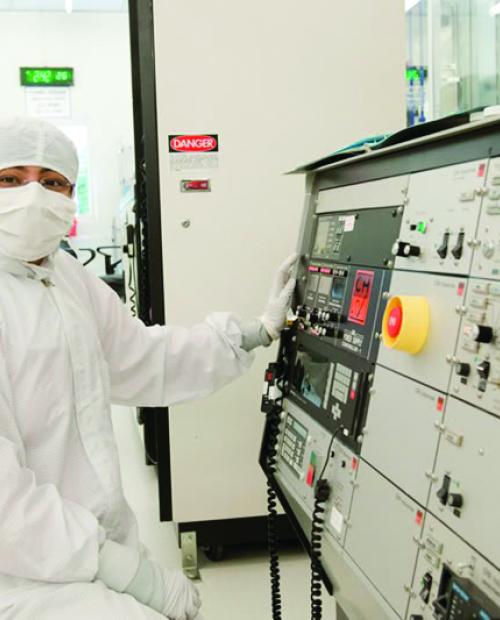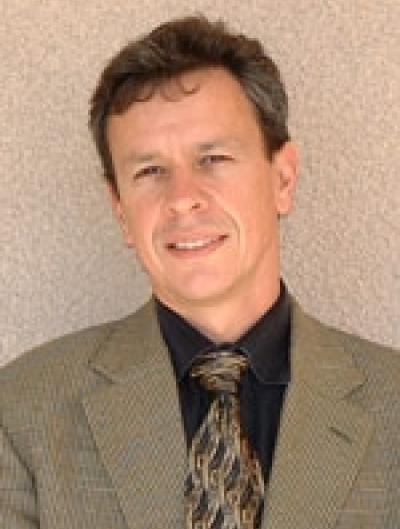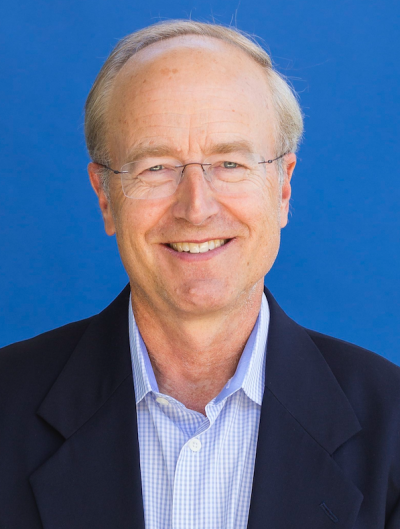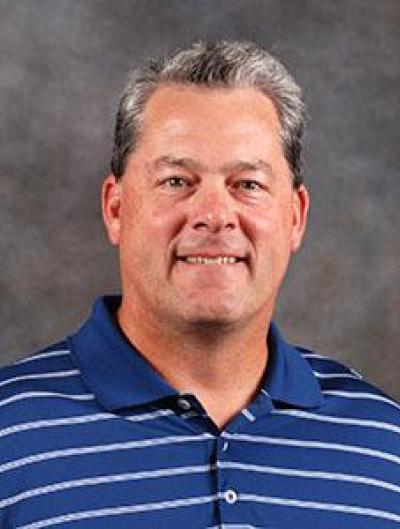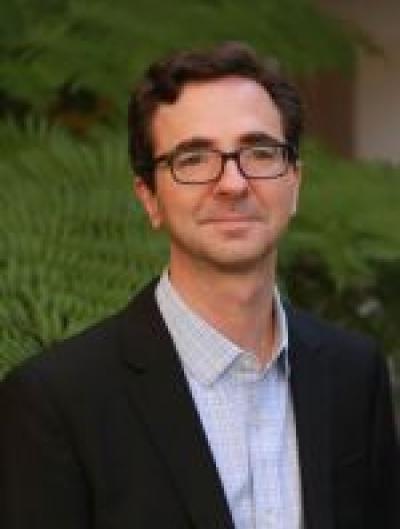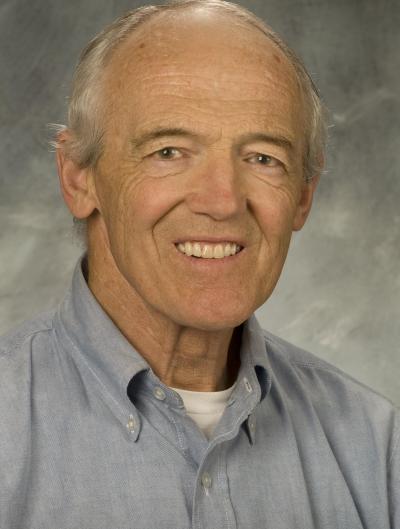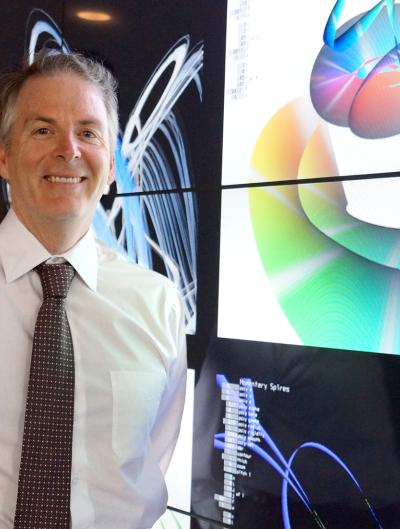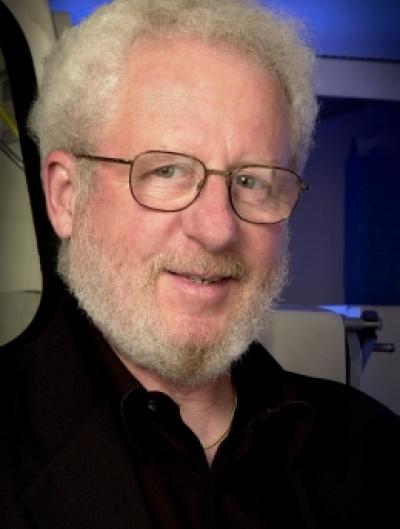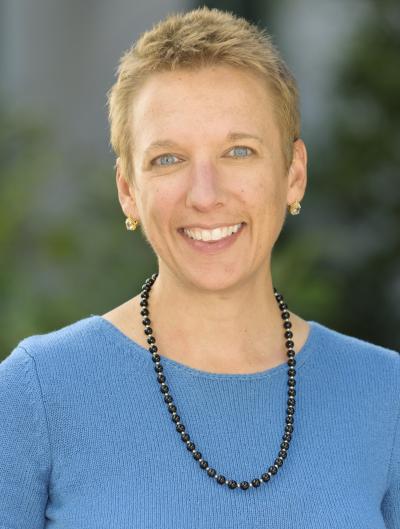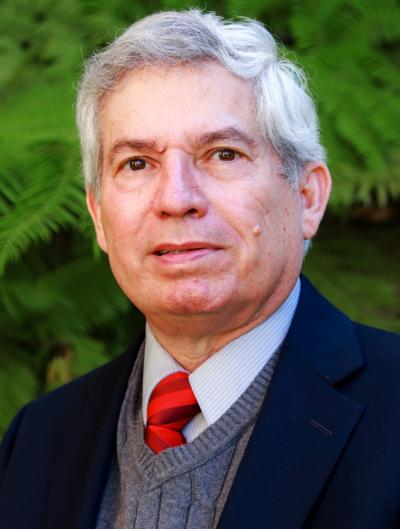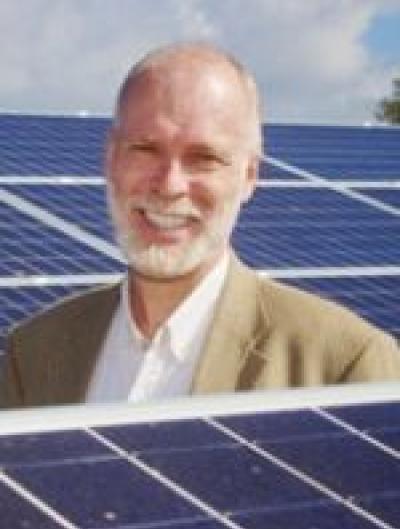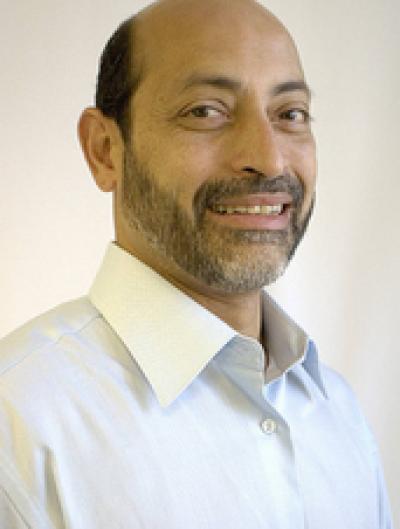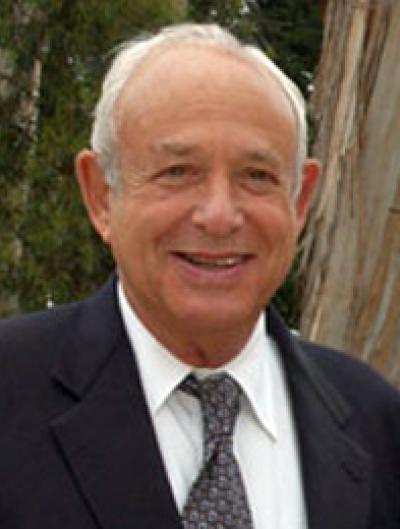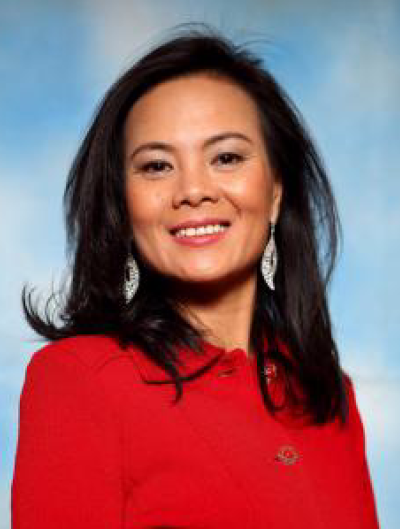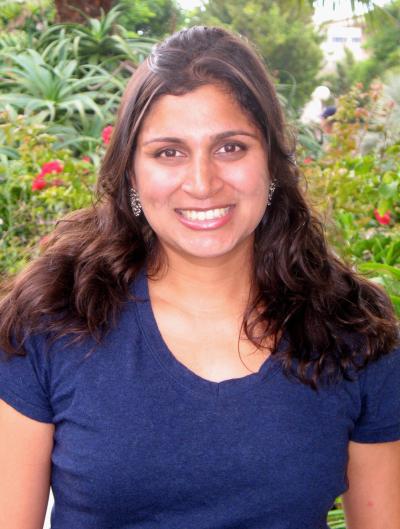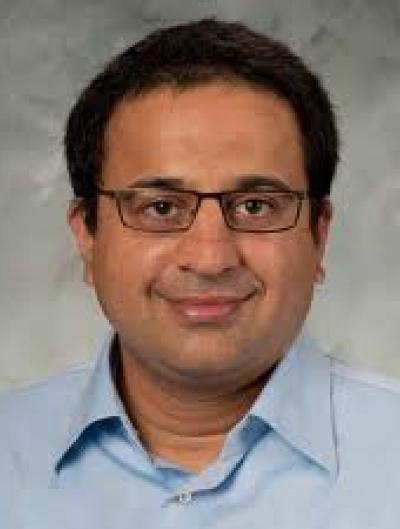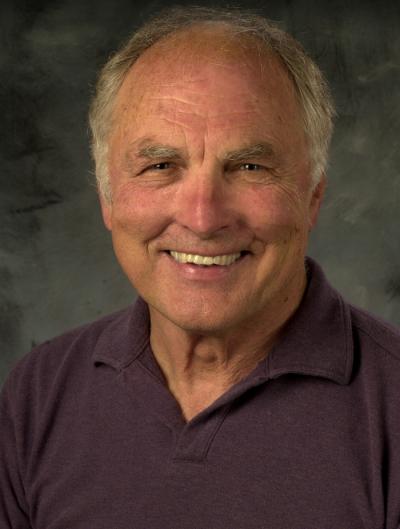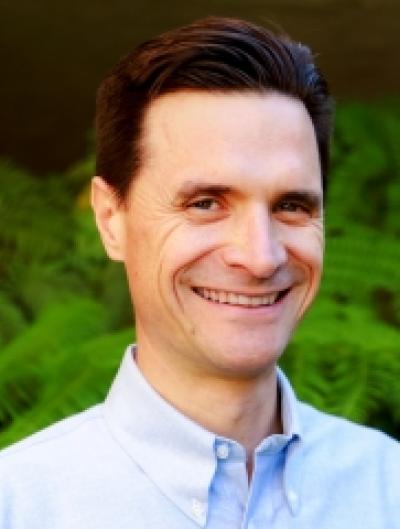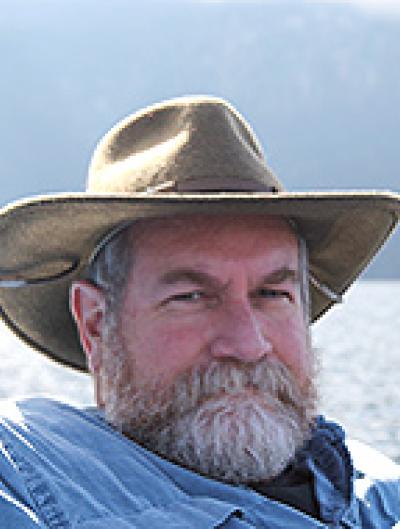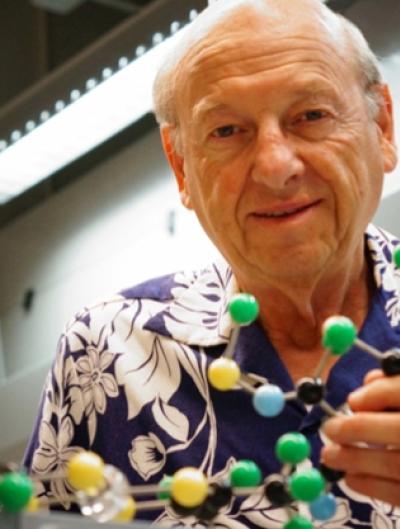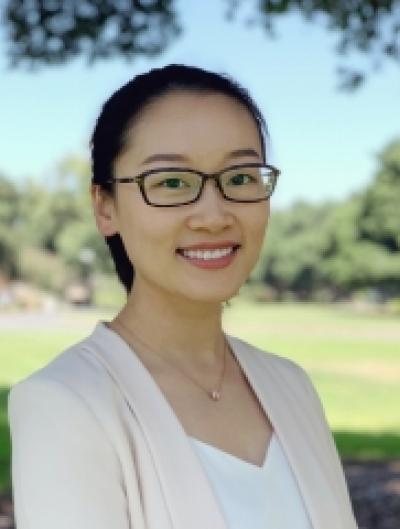One of the most difficult challenges facing our world today is the sustainable production of food, clean water, and energy to support a growing population that is estimated to exceed 9 billion by 2050. These systems are tightly coupled and interact in many ways, constituting the food-energy-water (FEW) nexus.
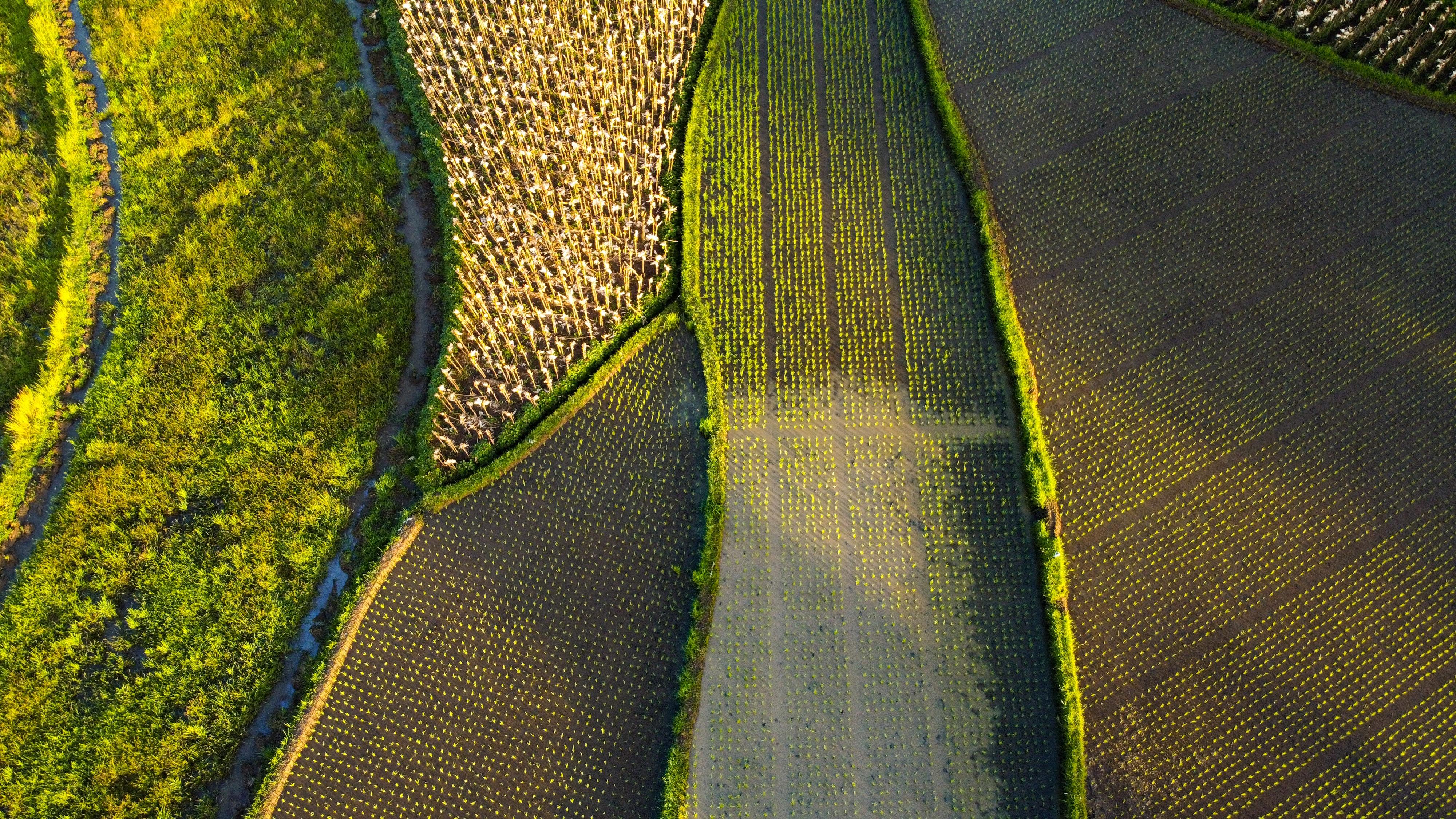
Double the production of food using less than half the energy and water by 2050
IEE researchers investigate the complex systems surrounding the FEW nexus and develop novel techniques and approaches for enhancing and expediting safe, high-quality, food production and water purification, while reducing energy, water, and other input use. Key to their approach is the management and optimization of the complex interplay between these systems. For example, agriculture is the largest consumer of water worldwide, accounting for 69% of annual water withdrawals globally (FAO, AQUASTAT). Industry accounts for 19% of water use, 75% of which is used for energy production. (UNESCO, 2014). Food production and distribution accounts for about 30% of total global energy consumption and 22% of greenhouse gasses come from agriculture (FAO, 2011). Moreover, by 2050, more than 40% of the global population is projected to be living in areas of severe water stress – impact the quality and amount of food that can be grown (OECD, 2012). To meet these immense challenges, IEE researchers work across disciplines to understand these complex systems and their interrelationships, to develop new advances that enable
- Increased food production and distribution with less energy, water, land use, and waste,
- Low-cost, energy-efficient water purification and reuse, and
- Novel strategies for significantly increasing clean energy use.
To enable this, IEE researchers investigate new intelligent and open source agriculture infrastructure, that combines and integrates new sensing architectures and lighting technologies, on-farm artificial intelligence (AI) and data analytics systems, and public cloud computing systems to facilitate controlled sharing, privacy protection, and collaboration across disciplines. The infrastructure provides the building blocks with which stakeholders, researchers, and industry collaborators investigate, test, and demonstrate new approaches to precision farming – the process of maximizing production and revenues while minimizing costs and resource use, by adapting farm practices to crop/field variability.
Specifically, IEE research teams investigate the use of power-efficient LED lighting to attract and repel insects and to overcome the UV attenuation that results from controlled agriculture environments (e.g. screened environments and vertical/urban/rooftop farms). In other work, researchers combine IoT, machine learning, and open source systems to provide data-driven decision support for farmers as well as to actuate, control, and automate precision farming practices in real time. Other researchers pursue similar technologies for tracking food production, processing, and distribution from farm to fork to reduce waste, inefficiencies, and food insecurity, while enhancing food safety and accountability. Finally, other researchers study the political factors that shape adoption of new energy and water technologies. These multidisciplinary efforts in combination have the potential for significantly enhancing agricultural productivity, reducing costs and labor, changing human attitudes surrounding food consumption and waste, increasing food security and safety, while increasing jobs and wealth creation opportunities in both rural and urban America.
Research Highlights
Understanding the Energy Intensity of Pumping Groundwater Professor Deb Peronne - Professor Peronne integrates research methods from engineering, physical science, and law to inform water sustainability and policy.
Developing LEDs for Precision Agriculture Professors Steve DenBaars, Chandra Krintz, and Rich Wolski - The team investigates integrating power-efficient LEDs and lasers into precision agriculture operations and within controlled agriculture environments (CAEs) to aid sensing, plant growth, pest/disease control, and precision harvesting.
Using LEDS for Water Purification Professor Steve DenBaars - This research team investigates new mechanisms for increasing water safety and availability using LED lighting.
Modeling the Interactions of Water and Energy Systems Professor Ranjit Deshmukh - Prof. Deshmukh investigates new approaches for the enforcement of infrastructure security and system sustainability in low carbon and clean energy systems.
Data-Driven, IoT Systems for Increasing Farming Efficiencies Professors Chandra Krintz, and Rich Wolski - The team brings recent advances in computing (e.g. cloud computing, the Internet-of-Things (IoT), sensing, data analytics and machine learning, etc.) to farming to optimize food production, automate farm processes, and to capture and curate provenance information for individual food items from “farm to fork”. To this end, the SmartFarm Research Team investigates the design and implementation of an open-source, hybrid cloud approach to agriculture analytics for enabling sustainable farming practices.
UCSB Center for Responsible Machine Learning (CRML) Director William Wang - The CRML researchers investigate new techniques for modelling the complex systems and interactions such as those that comprise the food-energy-water nexus and sustainable systems.
SUCCESS STORY
The Next Semiconductor Revolution
The next semi-conductor revolution is upon us
